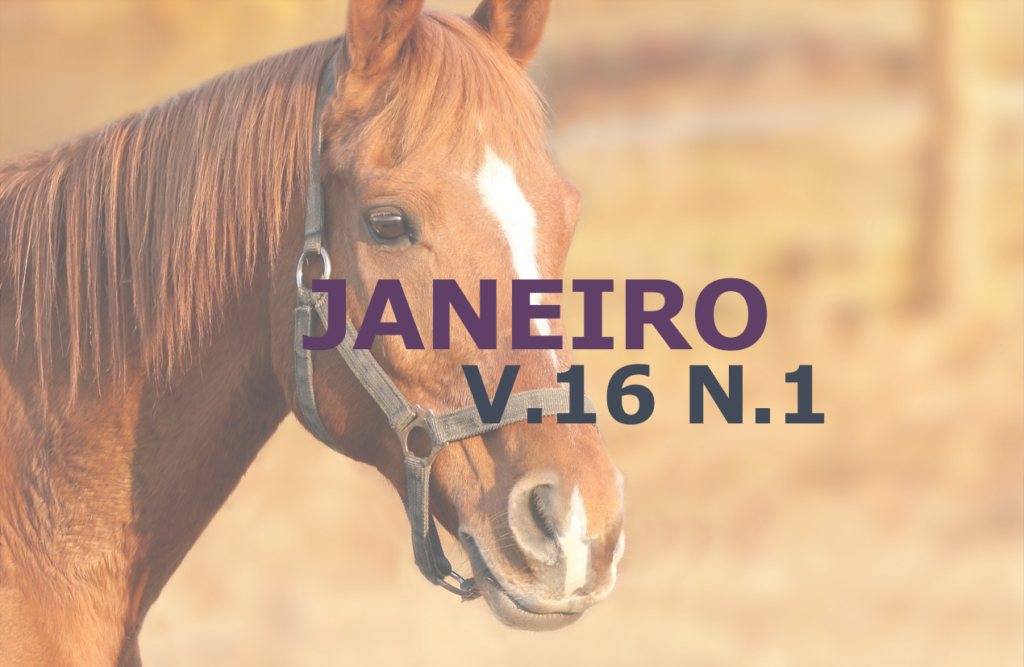Silage mycotoxins
DOI:
https://doi.org/10.31533/pubvet.v16n01a1014.1-9Keywords:
Adsorbents, milk contamination, silage, fungi, bacterial inoculantsAbstract
The silage process consists of preserving green forage. However, errors in operations during harvesting, or even at the opening of the silo, can result in colonization of fungi and production of mycotoxins. Therefore, it is important to develop strategies to mitigate the negative effects of mycotoxins in the feeding of dairy cows. The objective was to review the literature on the contamination of silage by mycotoxins, including predisposing factors for contamination and ways of prevention and mitigation. The main environmental conditions that favor mycotoxin synthesis are temperature, pH and water activity. In addition, factors linked to the operation, such as delayed harvesting, delays in sealing the silo, the density of compaction or the use of damaged seals also favor fungal growth. The control of these processes in silage aims to avoid contamination by toxinogenic fungi. However, current control strategies are not entirely effective. Some safe and relatively economical measures are the use of mycotoxin adsorbents or bacterial inoculants, which can be used to reduce the absorption of mycotoxins in the gastrointestinal tract.
Downloads
Published
Issue
Section
License
Copyright (c) 2022 Pamella Grossi de Sousa, Guilherme Lobato Menezes, Alan Figueiredo de Oliveira, Frederico Patrus Ananias de Assis Pires, Rafael Araújo de Menezes, Eduarda Chaves de Oliveira, Ana Eliza da Silva, Lúcio Carlos Gonçalves, Diogo Gonzaga Jayme

This work is licensed under a Creative Commons Attribution 4.0 International License.
Você tem o direito de:
Compartilhar — copiar e redistribuir o material em qualquer suporte ou formato
Adaptar — remixar, transformar, e criar a partir do material para qualquer fim, mesmo que comercial.
O licenciante não pode revogar estes direitos desde que você respeite os termos da licença. De acordo com os termos seguintes:
Atribuição
— Você deve dar o crédito apropriado, prover um link para a licença e indicar se mudanças foram feitas. Você deve fazê-lo em qualquer circunstância razoável, mas de nenhuma maneira que sugira que o licenciante apoia você ou o seu uso. Sem restrições adicionais
— Você não pode aplicar termos jurídicos ou medidas de caráter tecnológico que restrinjam legalmente outros de fazerem algo que a licença permita.





